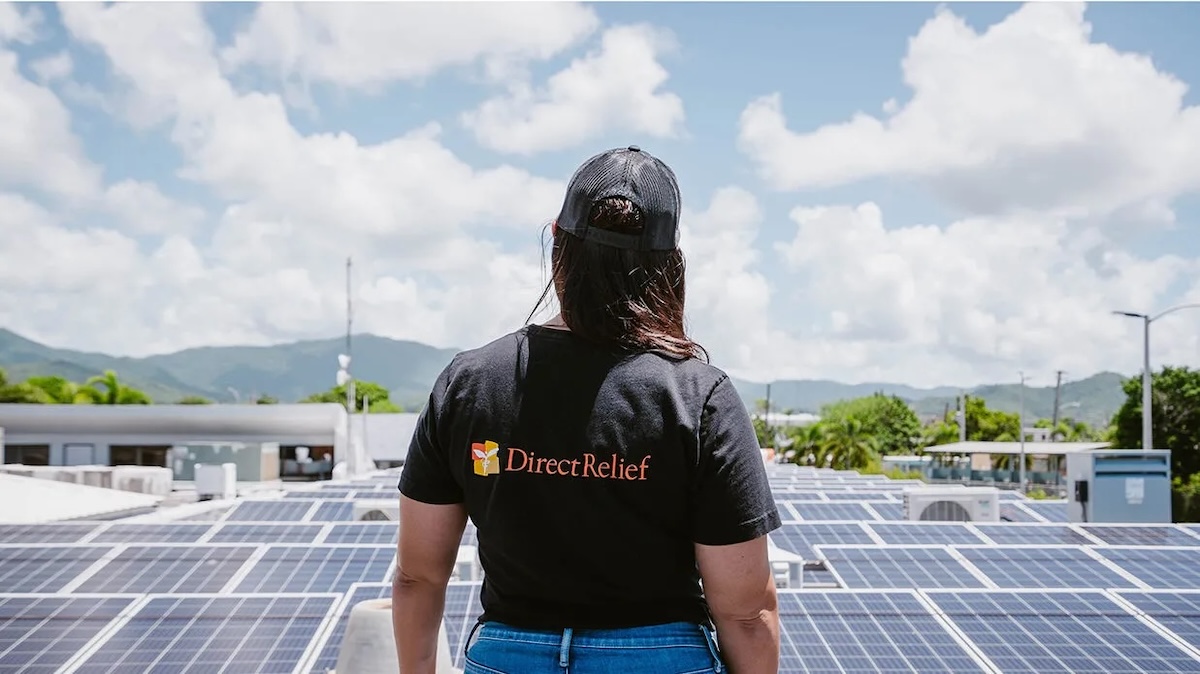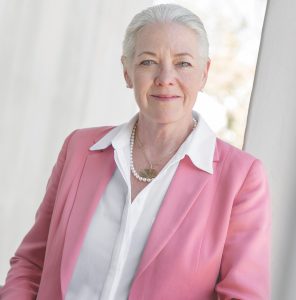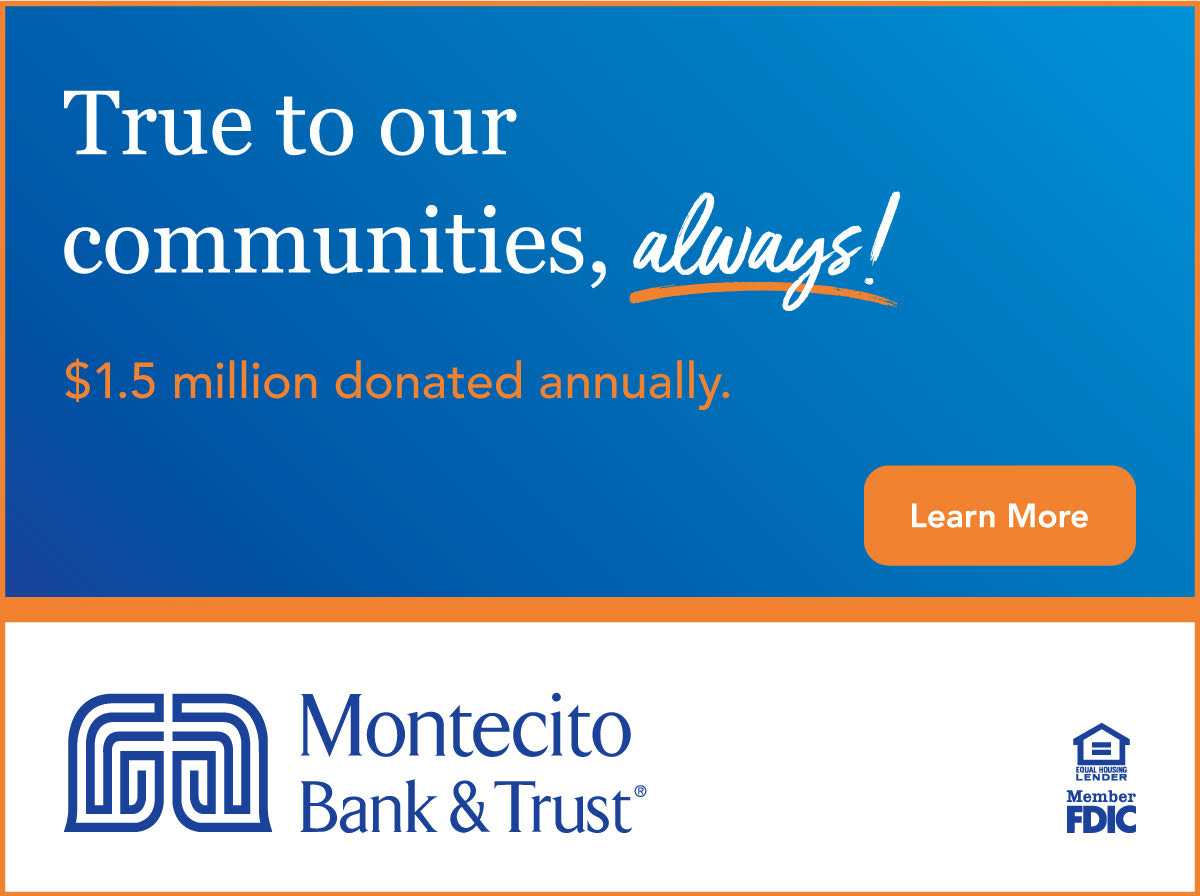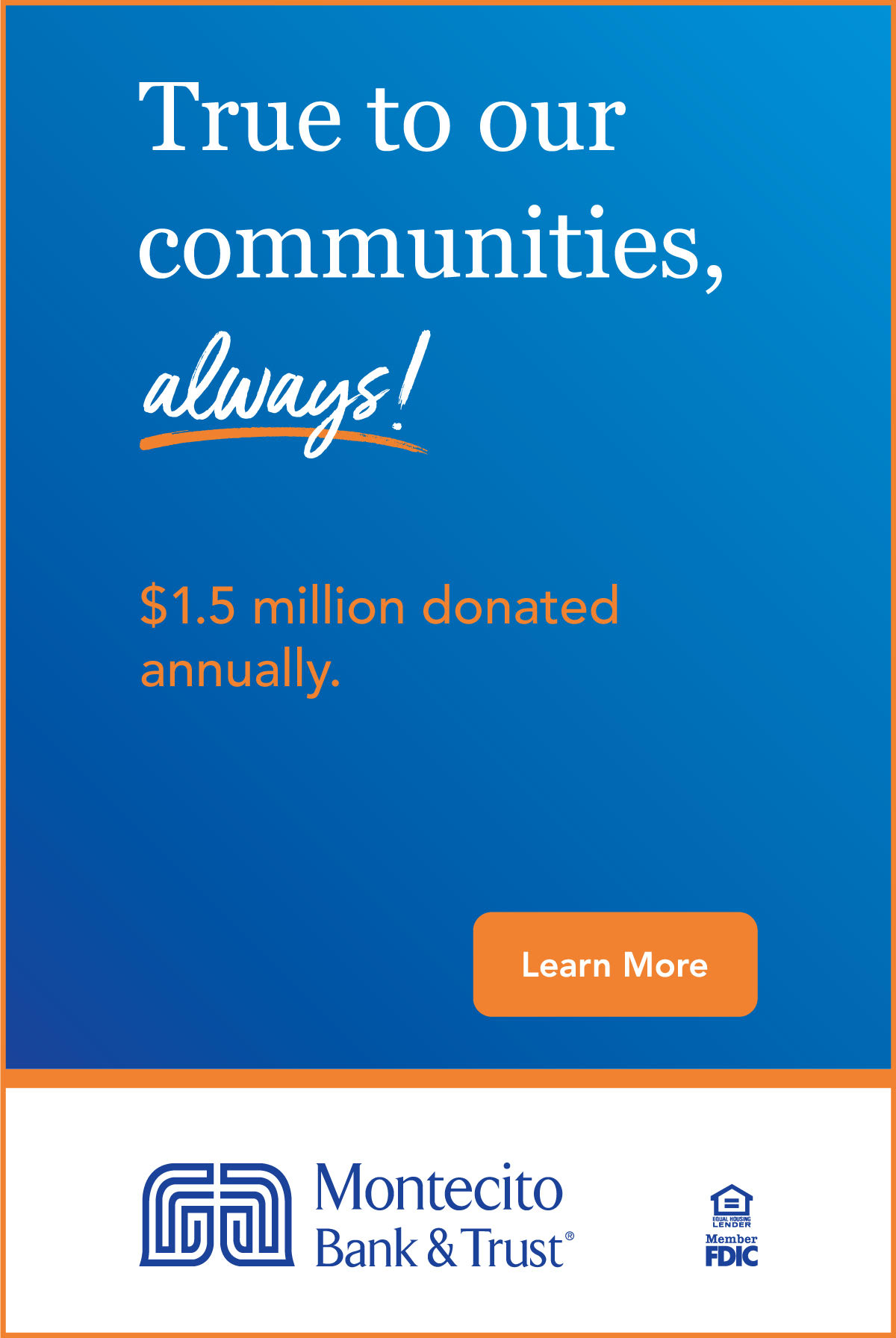Direct Relief Commits Additional $10 Million to Expand Resilient Power at U.S. Health Safety-Net Clinics and Health Centers

New infusion of funds will ensure dozens of nonprofit facilities serving vulnerable people can fulfill critical role when most needed.
Today, Direct Relief, the nation’s leading provider of philanthropic funding for solar and battery storage projects at U.S. nonprofit community health centers and clinics, announced a new $10 million commitment to bring clean, resilient backup power to more facilities that serve low-income people in medically underserved areas across the United States.
The provision of health services requires a continuous supply of electricity to power lights and diagnostic equipment, allow access to electronic health records, and maintain temperature-sensitive medications. Direct Relief’s expanded commitment seeks to address the increasingly frequent problem of health service interruptions during power outages caused by extreme weather, such as wildfires, heat waves, hurricanes, and flood-causing storms.
Direct Relief’s expanded effort builds on its ongoing support and emergency response efforts in all 50 states and territories of the U.S. to the network of nonprofit clinics and health centers that serve as the national healthcare safety net, providing care to over 38 million patients who, compared to the general U.S. population, have lower incomes, less wealth, include more people of all racial and ethnic minority populations, and have less access to needed primary healthcare services.
Extreme weather events and emergency situations create enhanced health risks for people who rely on nonprofit health facilities. Such events create new health risks and the need for expanded health services, even as the availability of services is likely to be severely reduced or lost due to power outages.
Direct Relief’s Power for Health Initiative provides grant funding to health clinics that serve vulnerable and underserved patient populations to cover the design, installation, operation, and maintenance of solar power and battery storage microgrids. The nonprofit clinics and health centers own the systems and derive 100% of the benefits – the resiliency benefits coming from batteries that provide power in the event of an outage, and the immediate and recurring financial benefits of reduced utility costs coming from generating their own electricity through the solar panels.
“Power outages are inconvenient for anyone, but they can be devastating for patients whose access to care is at their local nonprofit clinic or health center, when a prolonged blackout causes the facility to close or the loss of refrigerated medications, insulin, or vaccines – a scenario Direct Relief has unfortunately seen too many times,” said Thomas Tighe, President and CEO of Direct Relief.
“Direct Relief is expanding the commitment because of the clear, urgent need that remains unaddressed and because the completed projects have successfully shown the obvious, essential benefits of ensuring care is available for people who need it most when most needed. Moreover, as a philanthropic investment, the financial benefits of this approach have proven to be powerful – the savings that occur each year effectively amount to an annual operating grant to the clinic, with the amounts over time far exceeding what Direct Relief could provide.”
The latest infusion of support is focused on bringing reliable power to U.S. nonprofit clinics and community health centers. Community health centers provide care annually for 1 in 11 people in the U.S. and serve as the healthcare home for America’s most vulnerable populations, including 1 in 5 of America’s uninsured, 1 in 6 Medicaid beneficiaries, 1 in 3 individuals living in poverty, according to the National Association for Community Health Centers. Free and charitable clinics are also part of the nation’s health safety net, and those clinics recorded 5.7 million patient visits in 2023, according to the National Association of Free and Charitable Clinics. More than 8 out of 10 patients were uninsured, according to NAFC, and reported living at or below 200 percent of the federal poverty level.
More Power for Health projects continue to come online at nonprofit clinics and health centers nationwide, with 20 completed projects in Puerto Rico, Louisiana, North Carolina, and California and dozens in the design and construction pipeline – including in Texas and Florida. The latest facilities where Direct Relief-funded resilient power systems have been completed include Harmony Health Medical Clinic (Marysville, CA), in an area prone to explosive wildfires, and Goshen Medical Center (Tabor City, NC), at high risk of hurricanes.
Direct Relief
Donate now!
directrelief.org
Vice President, Partnerships and Philanthropy: Dean Axelrod
(805) 879-4932
Mission
Direct Relief is a humanitarian aid organization, active in all 50 states and more than 80 countries, with a mission to improve the health and lives of people affected by poverty or emergencies – without regard to politics, religion, or ability to pay.
Begin to Build a Relationship
We know you care about where your money goes and how it is used. Connect with this organization’s leadership in order to begin to build this important relationship. Your email will be sent directly to this organization’s director of development and/or Executive Director.
When Cholera hit Somaliland, many patients were unable to access early interventions and rehydration treatments due to lack of resources and transportation. Without Direct Relief’s Cholera Kit, particularly IV fluids and oral rehydration salts, 50% of our patients could have died. Direct Relief’s timely response gave us the tools and encouragement we needed to fight the outbreak.
Maximizing Your Impact: How Direct Relief Stretches Every Dollar
Direct Relief ensures 100% of every donation goes directly to delivering aid, honoring donor intent with full transparency. By leveraging billions in in-kind medical donations, the organization amplifies each dollar’s impact, delivering more aid than cash alone could achieve.
“Donors appreciate that their money is used efficiently to deliver aid where it’s needed most,” says Dean Axelrod, VP of Partnerships in Philanthropy.
Direct Relief’s commitment to accountability and transparency builds trust, giving donors confidence that their contributions directly support critical programs and those in need.
Adds Dean Axelrod, VP of Partnerships in Philanthropy: “The dream is to never have to say no.”
Key Supporters
Emma Carrasco
Adam Cooper and Melissa Fleisher
Mary M. Dwyer
Henrietta Holsman Fore and Richard Fore
Heitham Hassoun
Mark and Kim Linehan
Jay McGonigle
Harry and Jacqueline McMahon
Annalisa Pizzarello
and Robert Conway
Marla Salmon
Mark and Lynda Schwartz
Perry Siatis
Laurie Siegel and Joseph Nosofsky
Tom Strickland
Thomas and Heather Sturgess
Elizabeth A. Toro and Mark Hauser


